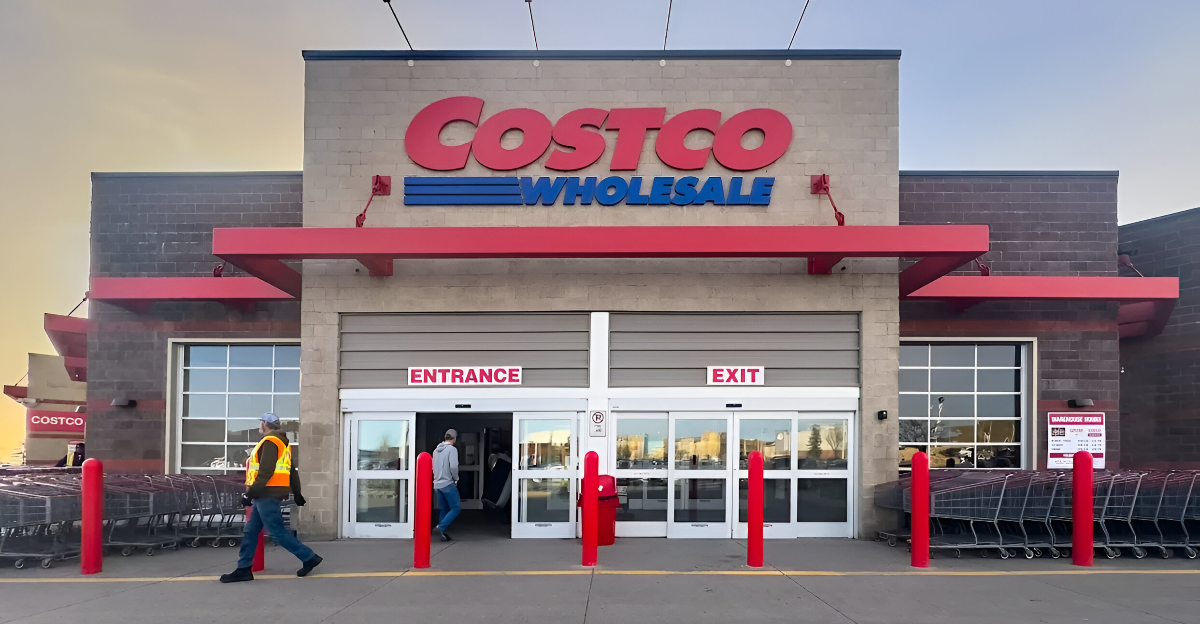
Across America’s backyards this summer, a chilling reality hides beneath the surface of family fun. Did you know that every eleven minutes, someone drowns in the United States? But the most shocking statistic has remained buried until now. For children between the ages of 1 and 4, the greatest threat isn’t strangers or traffic accidents; it’s the very item meant to bring relief and happiness during scorching summer days.
With drowning claiming 945 young lives each year and representing the leading cause of death for toddlers, a disturbing pattern has emerged that retailers hoped families would never discover. The industry’s best-kept secret involves a design flaw so obvious, experts call it “plainly visible and clearly hazardous.” But what is this flaw?
Troubling Statistics
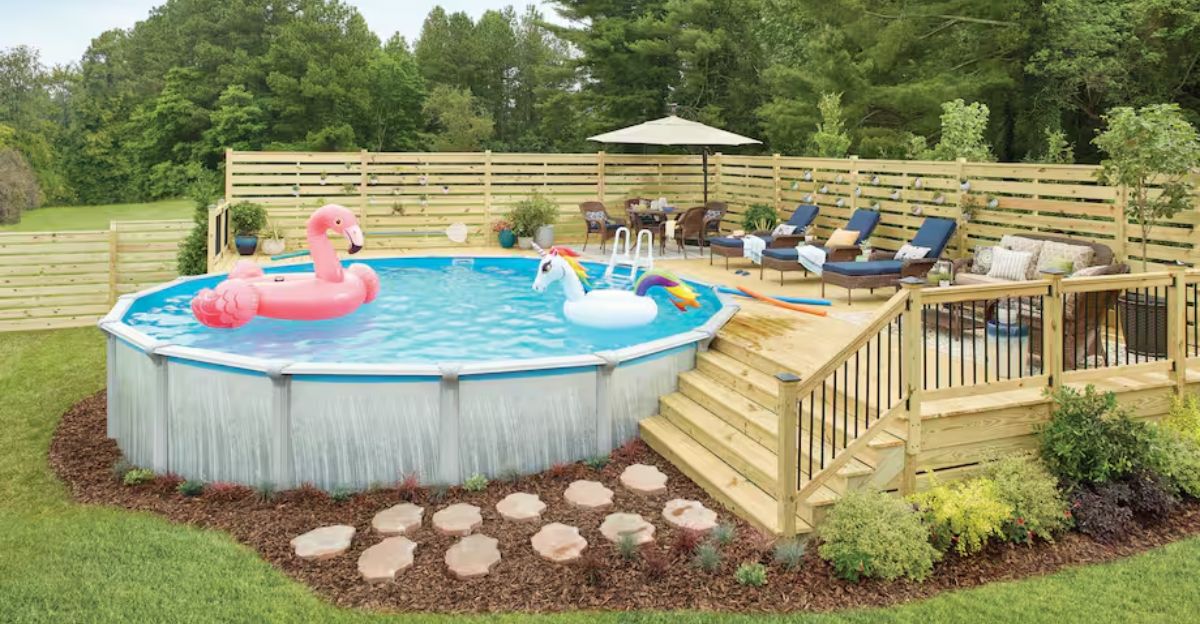
According to Virginia health officials, six children under five have drowned since Memorial Day 2025, which doubles previous yearly totals and signals an unprecedented surge in summer fatalities. Most of these tragedies are happening at home, where 87% of child drowning deaths occur in residential pools and hot tubs.
Emergency departments now treat approximately 6,300 pool-related submersion injuries each year among children under fifteen, while 73% of nonfatal drownings affect children younger than five. But the peak danger strikes during the hottest months of the year, with May through August accounting for the highest drowning rates across all age groups. July is said to be the most lethal month.
Industry Dominance

Meanwhile, the global above-ground pool market, which was valued at $617 million in 2023 and projected to reach $2.4 billion by 2030, remains controlled by a powerful duopoly. Chinese manufacturing giants Bestway and Intex command a staggering 70% market share, with Bestway alone controlling 47% of worldwide production.
These companies have been flooding American backyards with their products since 2002, selling through retail titans including Walmart, Target, Costco, and Amazon. Frame-type pools dominate 73% of the market and cater primarily to household use, which represents 88% of all sales.
Mounting Pressure
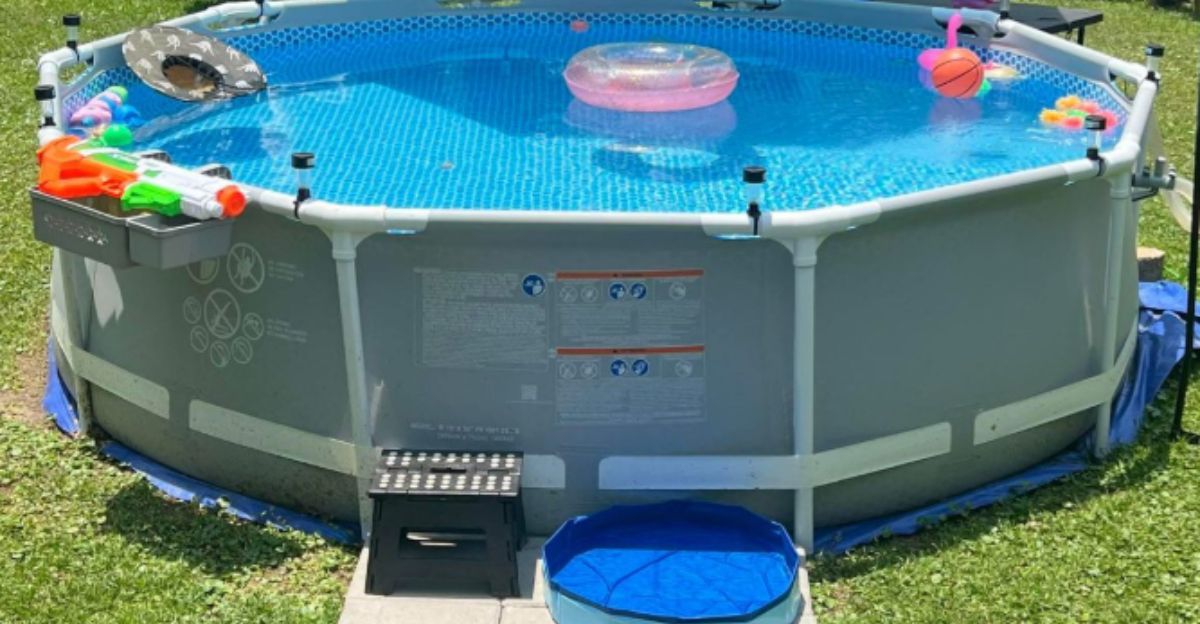
Over the last five years, pool industry revenues have surged 8.4% annually, reaching $2 billion by 2025. Swimming now draws 31 million Americans looking for low-impact exercise. However, behind the industry’s success, regulatory scrutiny has increased. In May 2025, new safety standards were introduced, specifically aimed at above-ground pools with external compression straps. The updated rules now require designs that prevent unsupervised children from climbing in.
The Pool & Hot Tub Alliance published updated safety standards warning that “pools with a reinforcing strap or belt around the outside must not be designed in a way that it could be used as a foothold for a child to climb into the pool.” Meanwhile, state legislation advanced mandatory safety features for residential pools, with failure to comply resulting in misdemeanor charges. But recently, major retailers had to pull a popular summer product from their shelves after it claimed multiple lives.
The Recall
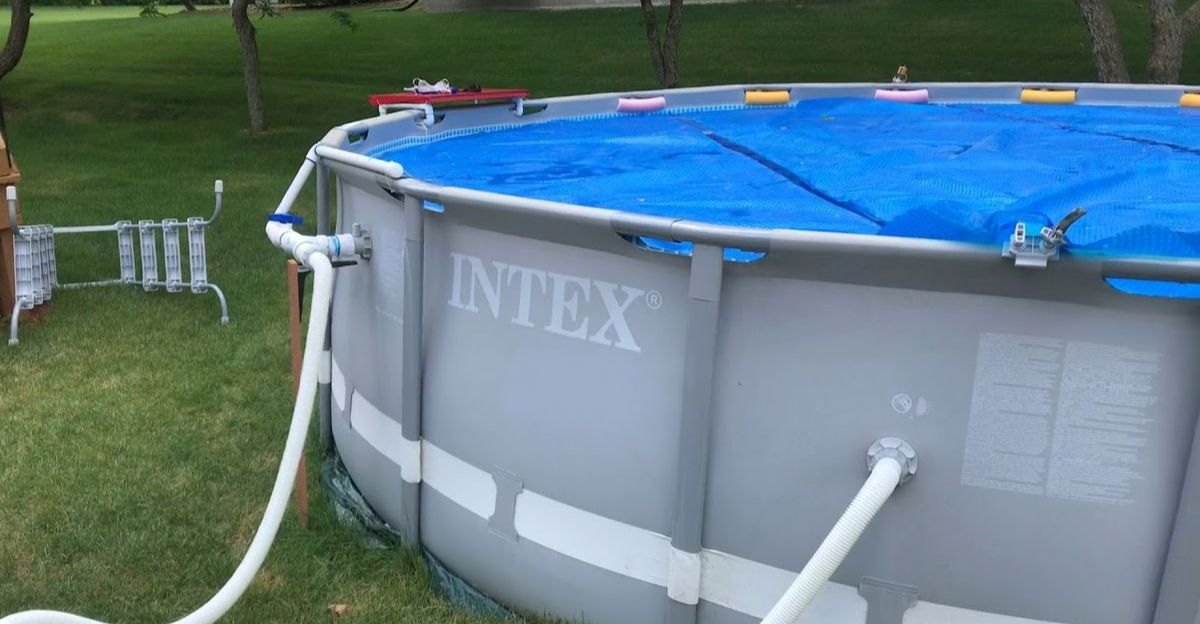
On July 21, 2025, the U.S. Consumer Product Safety Commission announced the largest pool recall in agency history: 5.2 million above-ground swimming pools manufactured by Bestway, Intex, and Polygroup. The recall targeted pools 48 inches or taller featuring compression straps that create deadly footholds, allowing children to climb into pools even when ladders have been removed.
Between 2007 and 2022, nine children between 22 months and 3 years old drowned after gaining access through these straps across six states. Acting CPSC Chairman Peter Feldman and Commissioner Douglas Dziak declared it “a textbook example of a dangerous design flaw, plainly visible and clearly hazardous,” adding that “years of inaction allowed these tragedies to occur”. The pools, priced between $400-$1,000, were sold continuously at major retailers since 2002.
Geographic Impact
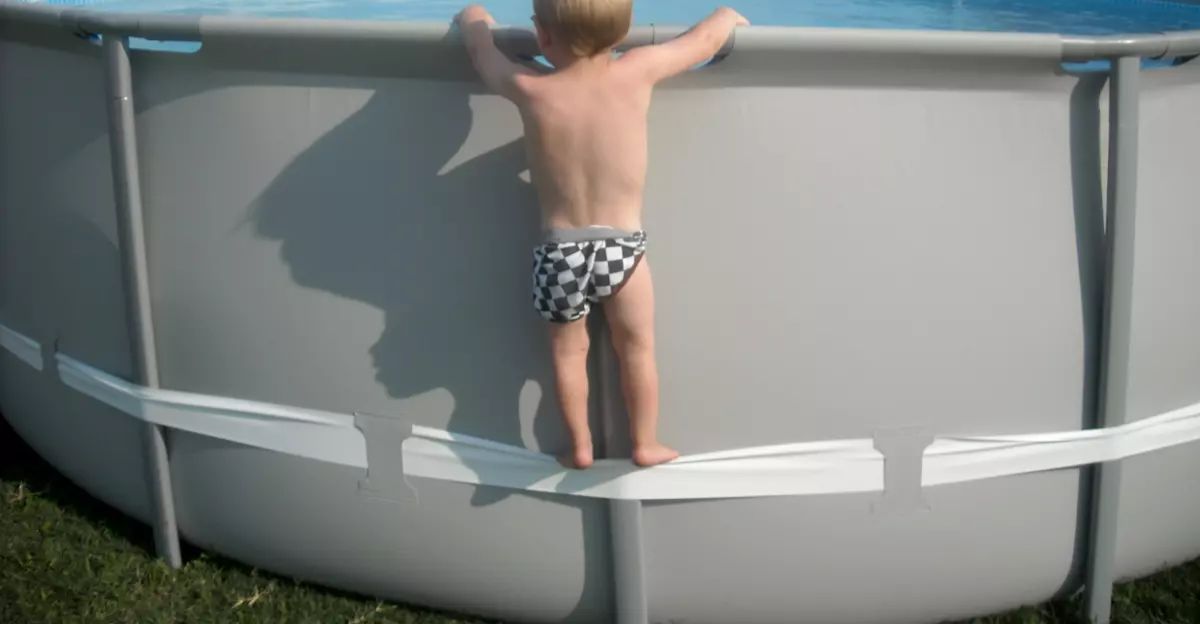
The deadly design flaw claimed young lives across America’s heartland and coasts, with fatalities reported in California, Texas, Florida, Michigan, Wisconsin, and Missouri. On top of that, three additional non-fatal incidents occurred in 2011 and 2012, where children accessed pools using compression straps but were rescued in time.
Regional drowning patterns reveal concerning geographic clusters, with California ranking among the top states for pool-related drownings among children under five. Of the 5.2 million recalled pools, approximately 5 million were sold across the United States, while another 266,000 reached Canadian markets. The recall’s scope reflects the pools’ ubiquity, sold at over a dozen major retailers and online platforms, making them fixtures in suburban backyards across the country. Of course, these pools have had devastating effects on families.
Family Tragedy

Each statistic represents a devastating loss for the families who trusted these summer staples. The nine confirmed victims, who were toddlers barely able to walk, yet curious enough to explore, found themselves trapped by the very design meant to provide structural integrity. Parents were faced with their worst fears when children managed to climb the compression straps, using them like makeshift ladders to reach the water, even when safety measures appeared to be in place.
Three families narrowly avoided tragedy when quick action saved children who had used pool straps to climb in, highlighting the persistent and recognized danger. Drowning occurs silently in 20-60 seconds, meaning that there is little time for rescue once children slip beneath the surface.
Regulatory Response
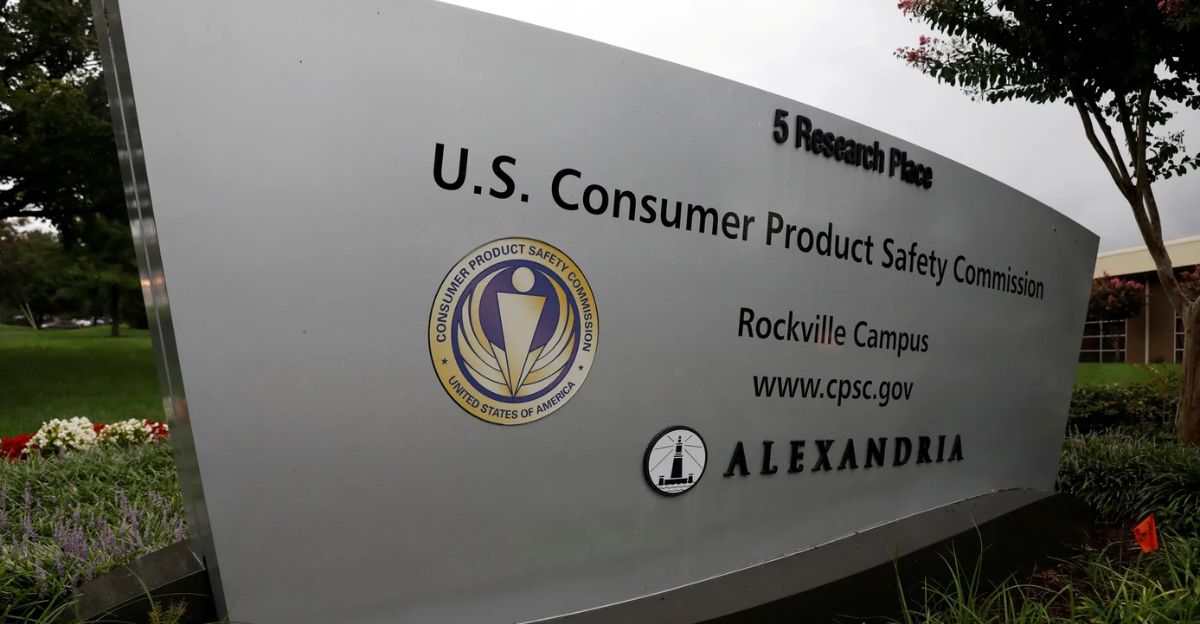
The large-scale recall came only after internal disagreements and delays within the Consumer Product Safety Commission, spanning across multiple administrations. Acting Chairman Feldman and Commissioner Dziak revealed they discovered the hazard’s severity in March 2024 during meetings with safety advocates, immediately calling for recalls that “went unheeded” under previous leadership.
The breakthrough came after updated safety standards, finalized in May 2025, explicitly prohibited compression strap designs that created access points for children. But what effect did the recall have on the market?
Market Consequences
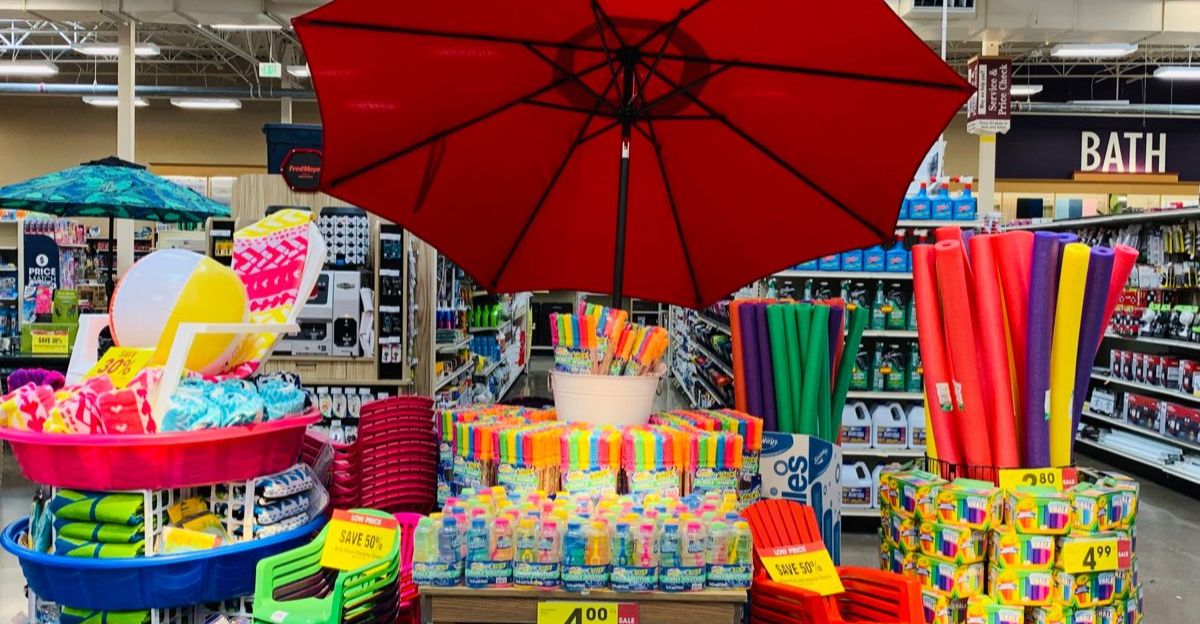
The recall’s timing during peak swimming season threatens to disrupt a booming industry where above-ground pool sales spike 1,443% during heat waves. Major retailers like Walmart, Target, Costco, Amazon, and others face immediate inventory pulls of affected models, with recalls extending to sister brands including Coleman pools.
The three manufacturers involved represent market dominance: Bestway’s 47% global market share, combined with Intex’s significant presence, means the recall impacts nearly every major above-ground pool brand. Manufacturing operations concentrated in China’s Guangdong, Jiangsu, and Zhejiang provinces now face retrofitting millions of units with alternative structural supports. Industry analysts project that the recall could accelerate the 17.7% annual growth in alternative pool designs as consumers look for safer options.
Future Questions
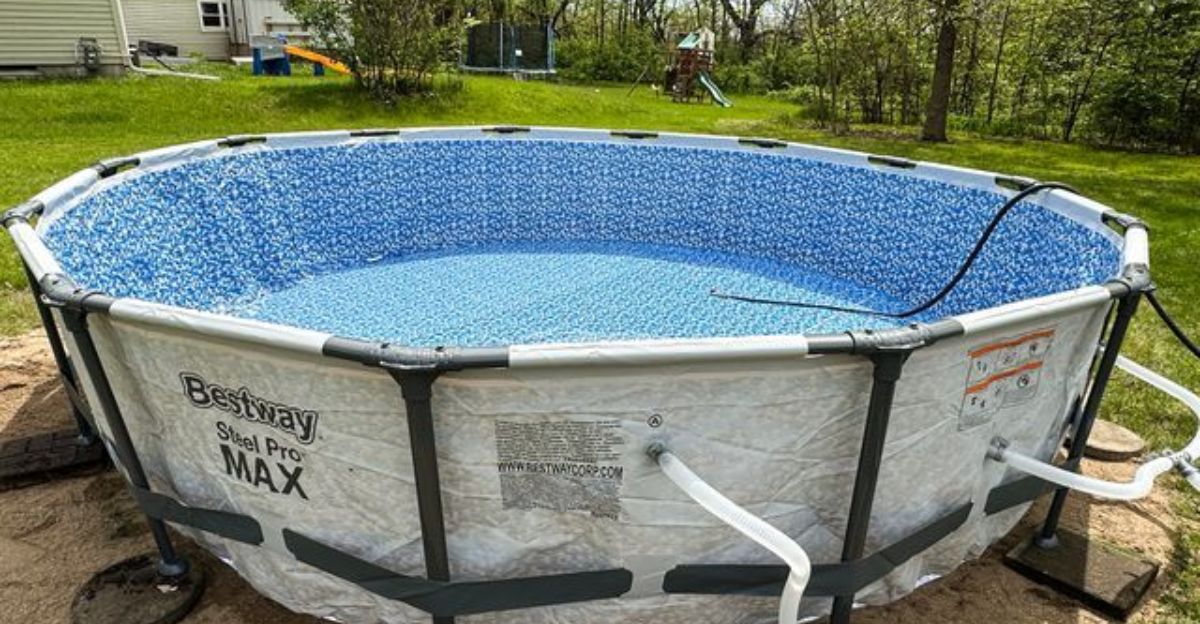
With record heat fueling pool demand in summer 2025, the question remains: will this recall finally put an end to the preventable tragedies that have taken young lives for more than 20 years? The industry’s 88% household focus and projected growth to $2.4 billion by 2030 suggest that millions more pools will enter American backyards.
With new safety standards now in place and regulatory momentum building, manufacturers face a critical choice: prioritize profit margins that enabled dangerous shortcuts, or invest in designs that protect the children these products are meant to serve. The ultimate test lies in whether next summer’s drowning statistics finally show a decline. Can an industry built on family fun finally make child safety its top priority?
